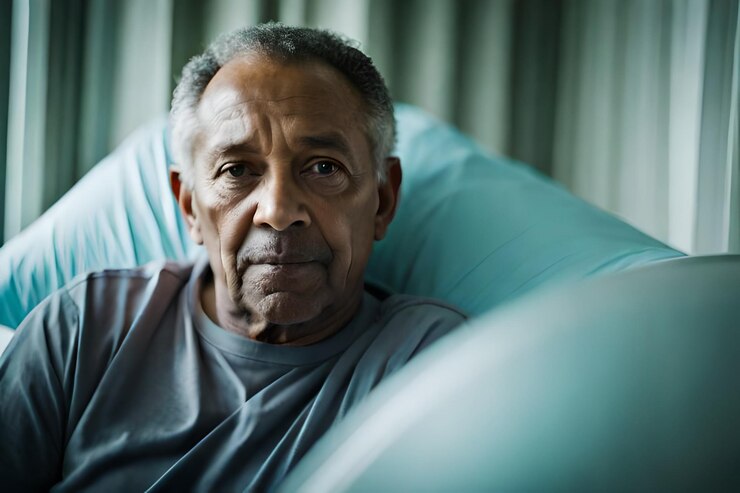
Life After Stroke: Empowering Steps To Minimize Future Risk
Stroke is common among older adults and can cause long-term disability, lasting brain damage, and death. Many individuals survive a stroke, but the risk doesn’t end there. A person who has experienced a stroke must take empowering steps that promote overall health and minimize the risk of future stroke. A second stroke can be more dangerous than the first, so you must make healthy lifestyle choices to avoid a higher brain damage risk. Here is a guide we have prepared for you to help you reduce the chances of another stroke recurrence.
Medication Adherence
Taking medications as your doctor prescribes can help manage various risk factors of a second stroke. For example, your healthcare provider may recommend antiplatelet medications to prevent platelets from sticking together and forming blood clots.
One of the most popular antiplatelet medications is clopidogrel. Depending on the pharmacy you visit, you can pay around $200 for 30 tablets of 75 mg of clopidogrel. To save on this medication, seek discount cards and coupons. Clopidogrel Savings Offer big savings that you can put aside for other medications you need.
Moreover, taking medications for hypertension can keep your blood pressure within a healthy range. Blood thinners, on the other side, are prescribed medications for those who have had an ischemic stroke. By taking blood thinners as prescribed, blood clot formation can be prevented.
There are also medications prescribed for cholesterol management. Cholesterol-lowering drugs are also called “statins.” They reduce the production of low-density lipoprotein (LDL) or “bad cholesterol” in the liver. In addition, these medications prevent the accumulation of plaques in the arteries, thus improving blood flow.
By following recommended schedules and dosages of these medications, among other prescription drugs for stroke survivors, you can minimize the risk of a second stroke and aid your body in recovering from your first stroke.
Embrace Lifestyle Changes
You may also adopt many healthy lifestyle practices to avoid a second stroke. But before doing anything else, you must consult your doctor and ask for personalized guidance on what significant lifestyle changes you can make. These changes will be based on your current health status and medical history.
To give you an idea, here are some of the recommended lifestyle changes among stroke survivors are the following:
1. Healthy Eating Habits
Being overweight or obese increases your risk for a second stroke. What you can do to manage your weight is to control portion sizes. Moreover, you can maintain a diet rich in lean proteins, fruits, vegetables, and healthy fats. To manage blood pressure, you must also limit your sodium intake. Also, reduce consumption of sugary snacks, processed foods, and high-sugar beverages.
2. Stress Management
Some relaxation techniques can help you manage stress. You can practice yoga, meditation, mindfulness, and deep breathing. You can explore hobbies that aren’t physically demanding. For instance, you can do leisure reading, painting, or other forms of therapeutic activities.
3. Quit Smoking
Smoking makes the blood sticky and clot more easily. In addition, it causes buildup in the arteries, which could trigger a second stroke, with more complicated and fatal effects on your body. You can seek support from smoking cessation programs to be guided in your journey.
4. Exercise Regularly
Stroke survivors must exercise for two significant reasons: to rehabilitate their physical functional capacity and to prevent the reoccurrence of a second stroke. Of course, consult a healthcare professional before working out. For many stroke survivors, at least 150 minutes of moderate-intensity exercise is recommended weekly. You should also do strength training to boost metabolism and build muscle. Some aerobic exercises, like swimming, dancing, and cycling, can also be recommended as long as the patient is supervised while doing these activities.
5. Limit Alcohol Intake
Drinking alcohol isn’t entirely prohibited for stoker survivors. They can still drink alcohol but within the safe limits. For instance, women should drink no more than a glass of alcohol, while men should drink no more than two glasses of alcohol a day. This is because alcohol can cause atrial fibrillation and high blood pressure, which are two major factors that can trigger stroke.
6. Diabetes Management
Diabetes can result in high blood sugar levels. This can lead to increased risk of clot formation and damaged blood vessels. This could also result in the buildup of fatty deposits in the arteries, also known as “atherosclerosis.” Along with lifestyle changes, diabetes medication can reduce the risk of this condition and a second stroke. Blood sugar control should also be accompanied by blood pressure regulation, cholesterol management, and antiplatelet medications.
Conclusion
The empowering steps we have mentioned here are critical components of stroke prevention. These tips apply to stroke survivors who wish to recover and avoid another attack. Take control of your health today, follow recommended treatments, and make informed lifestyle choices through the help of a healthcare professional.
Read Also:




















Post Your Comment